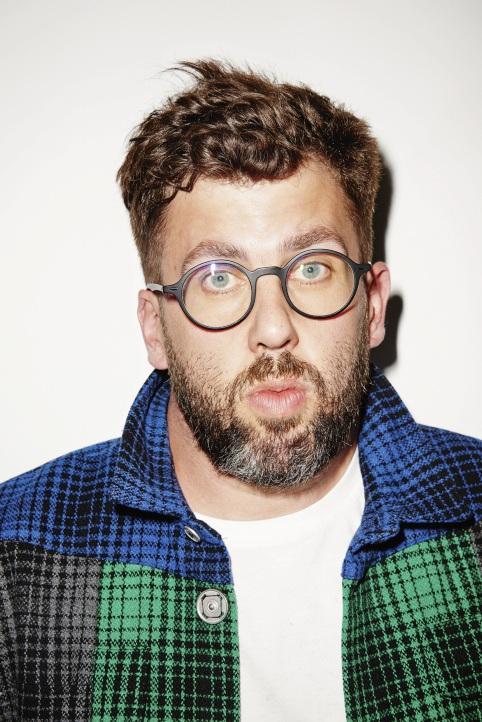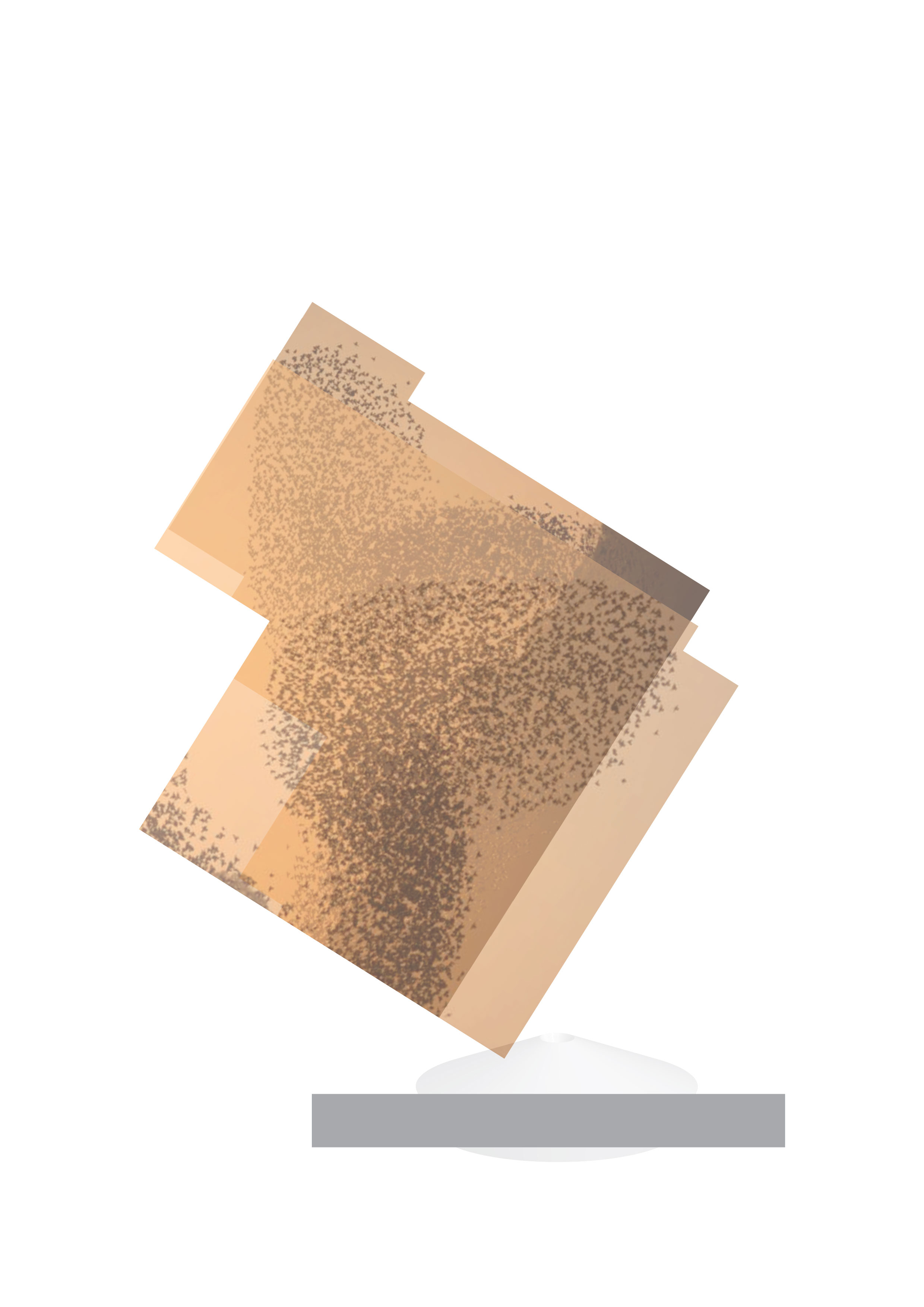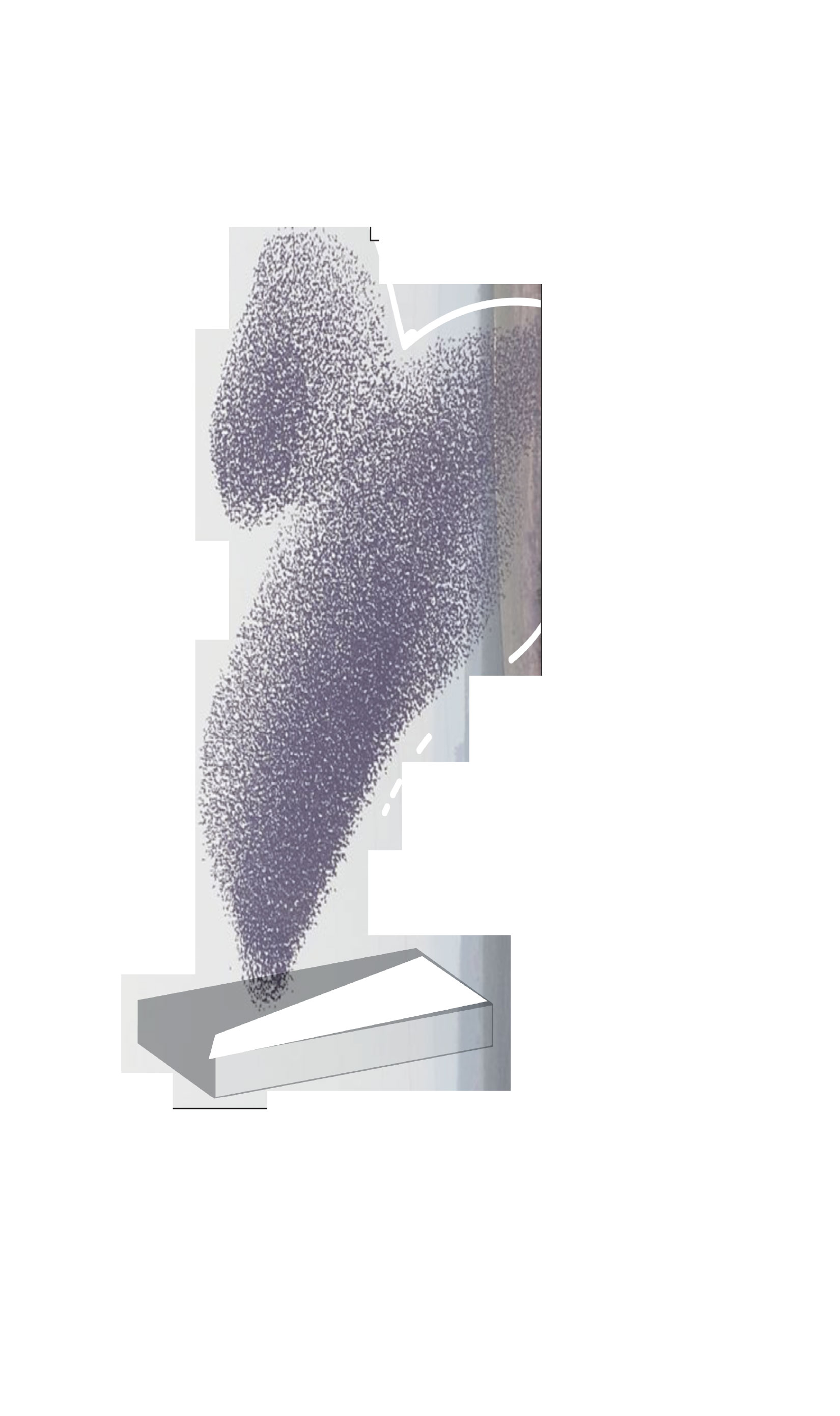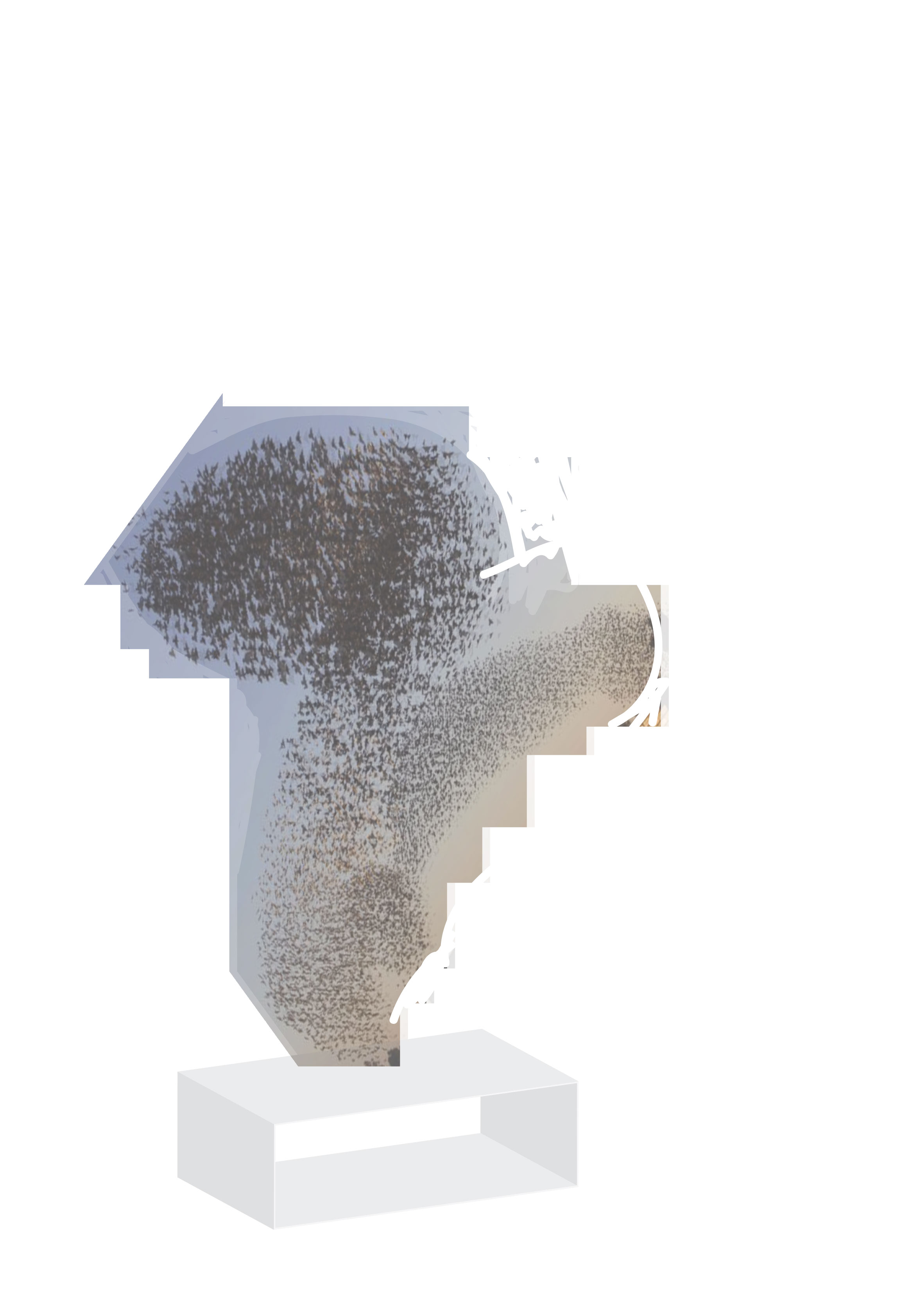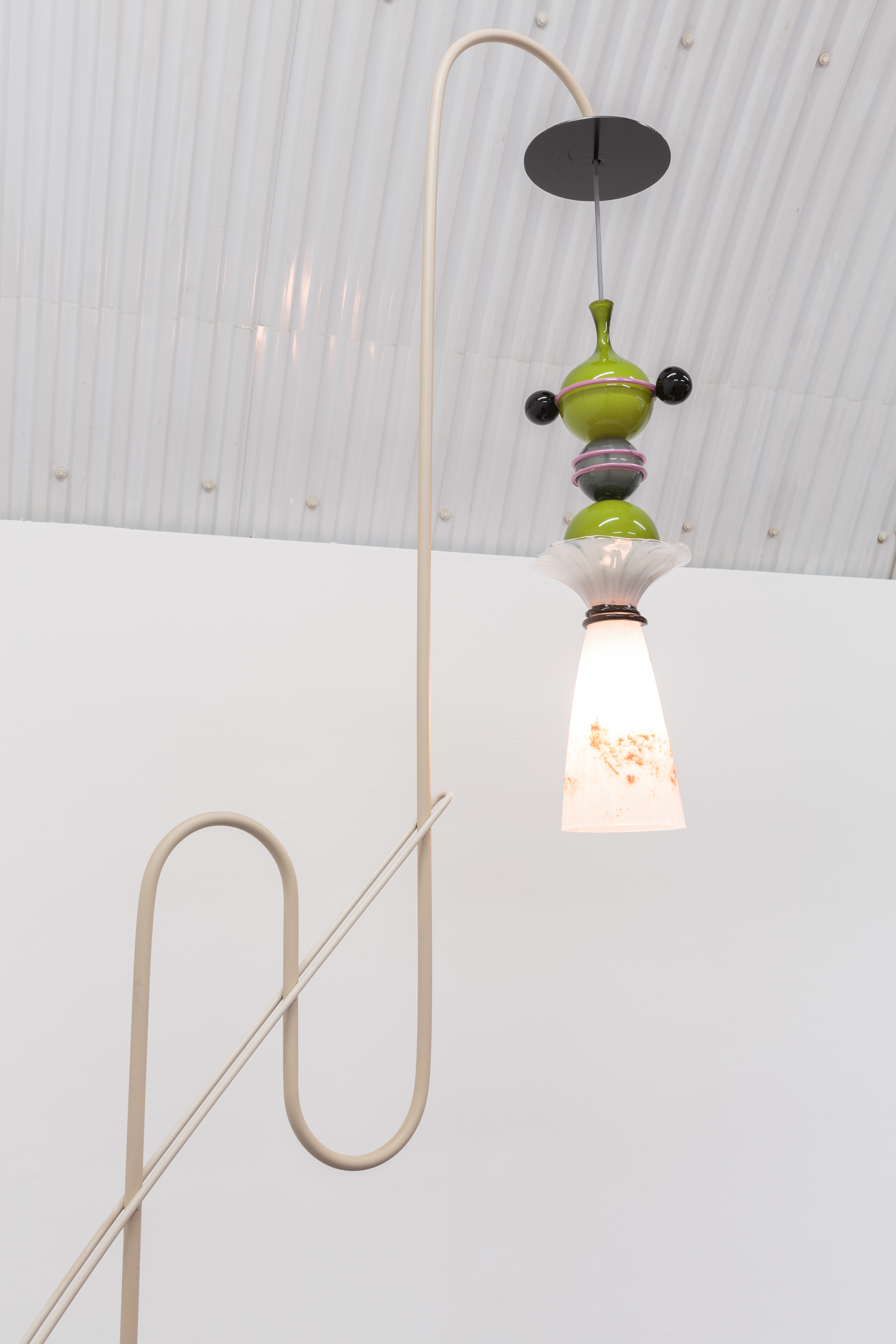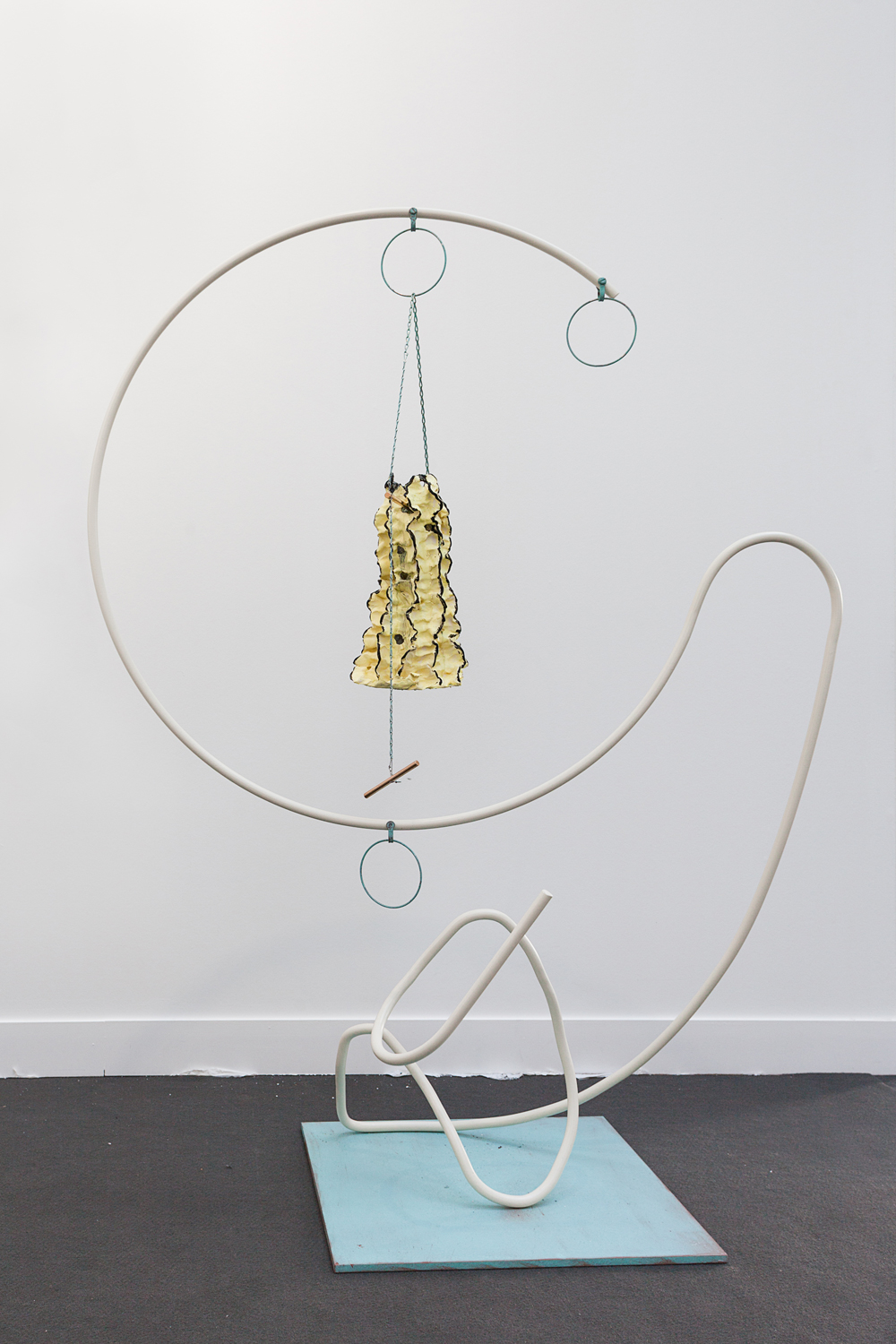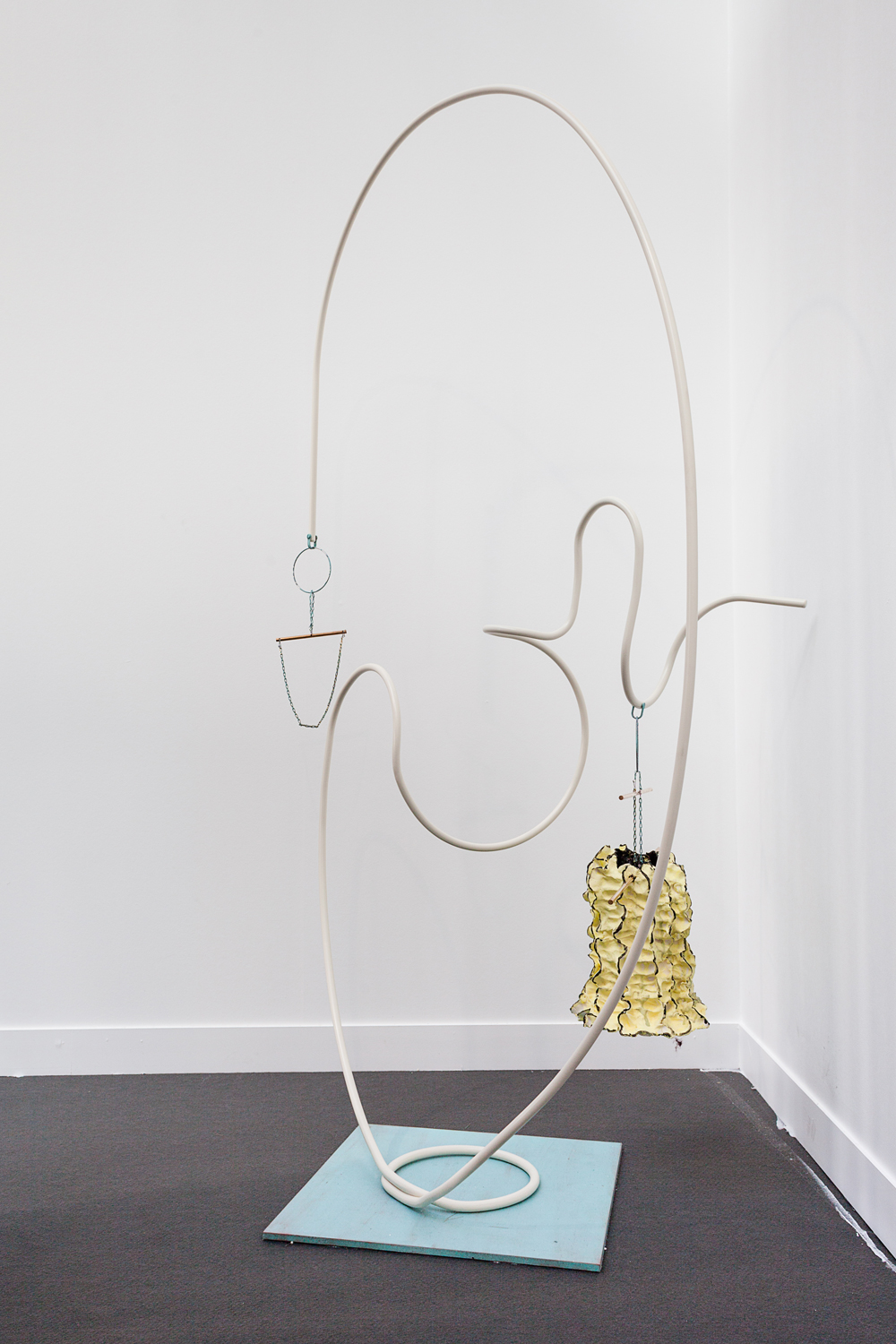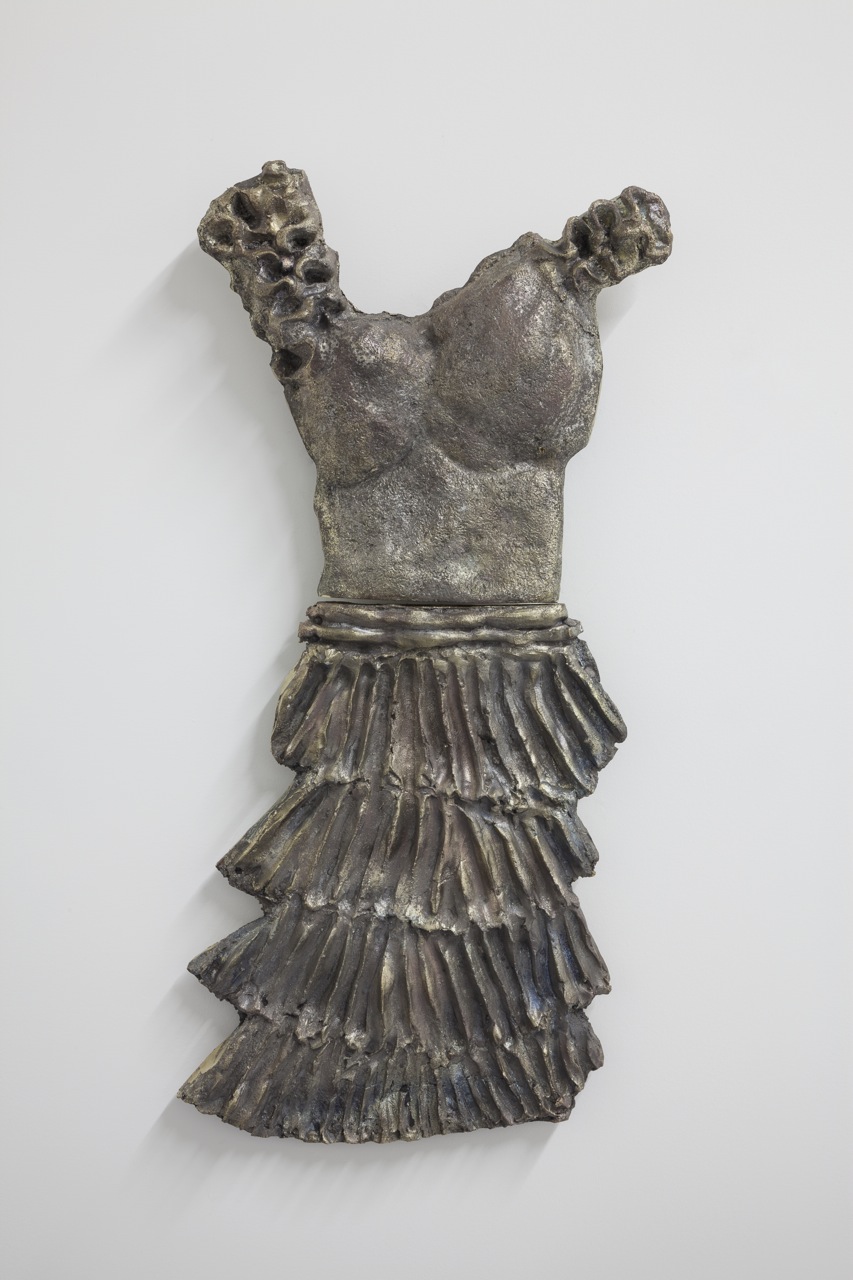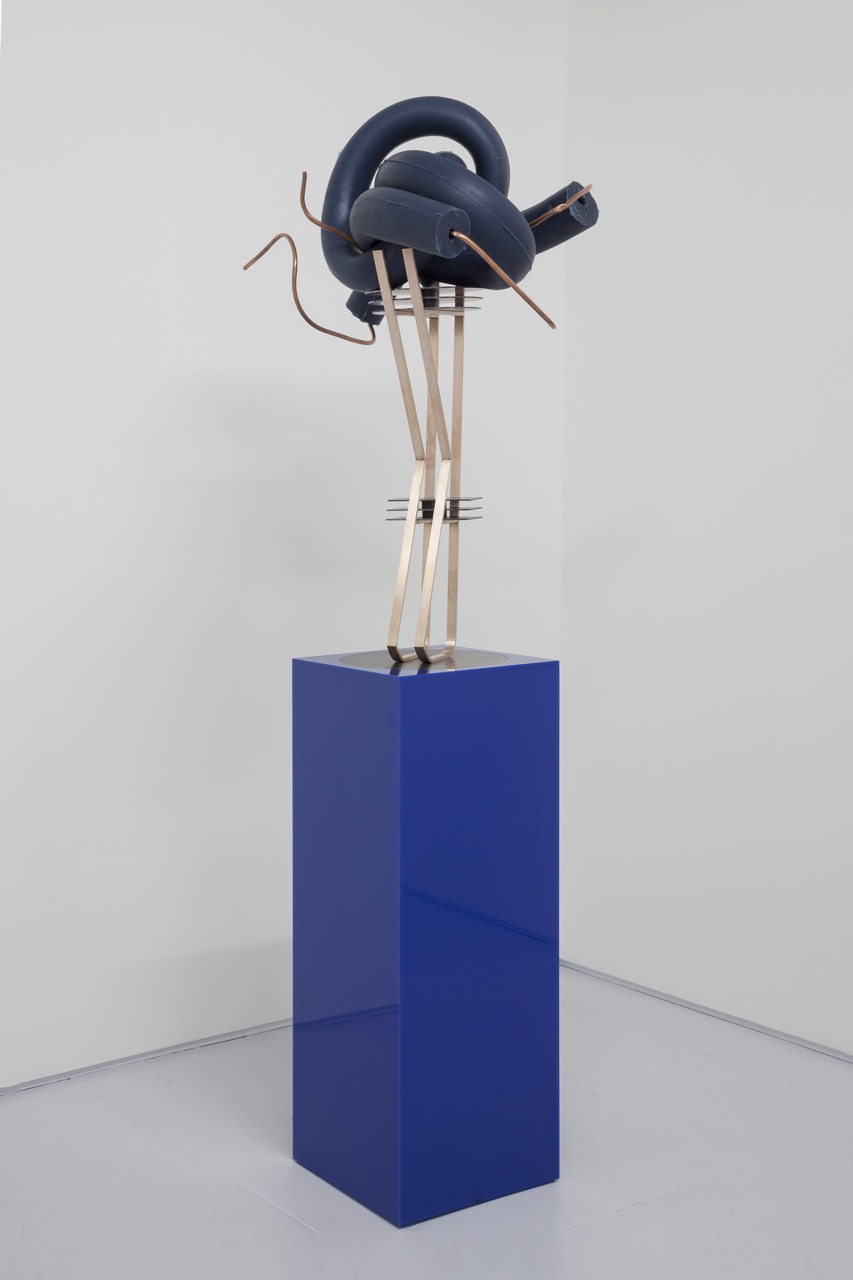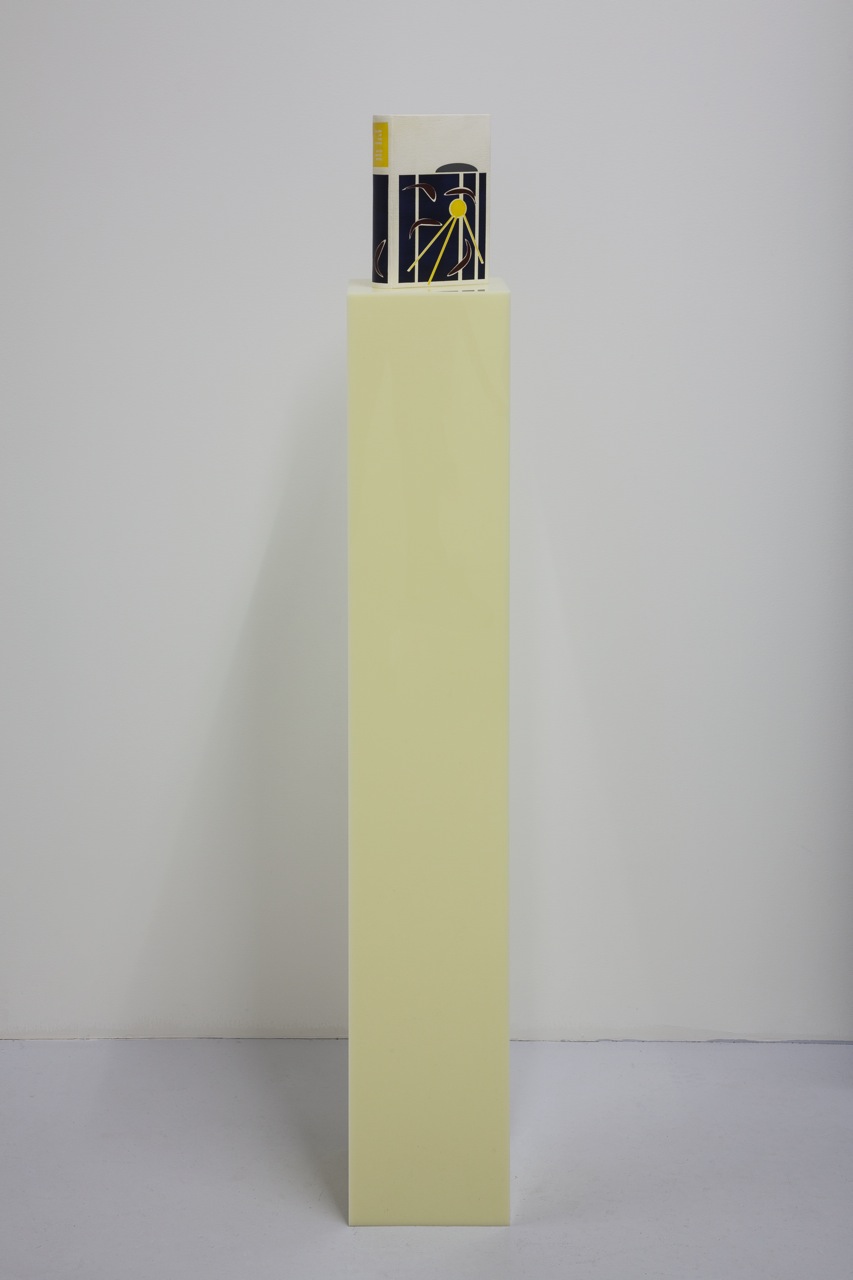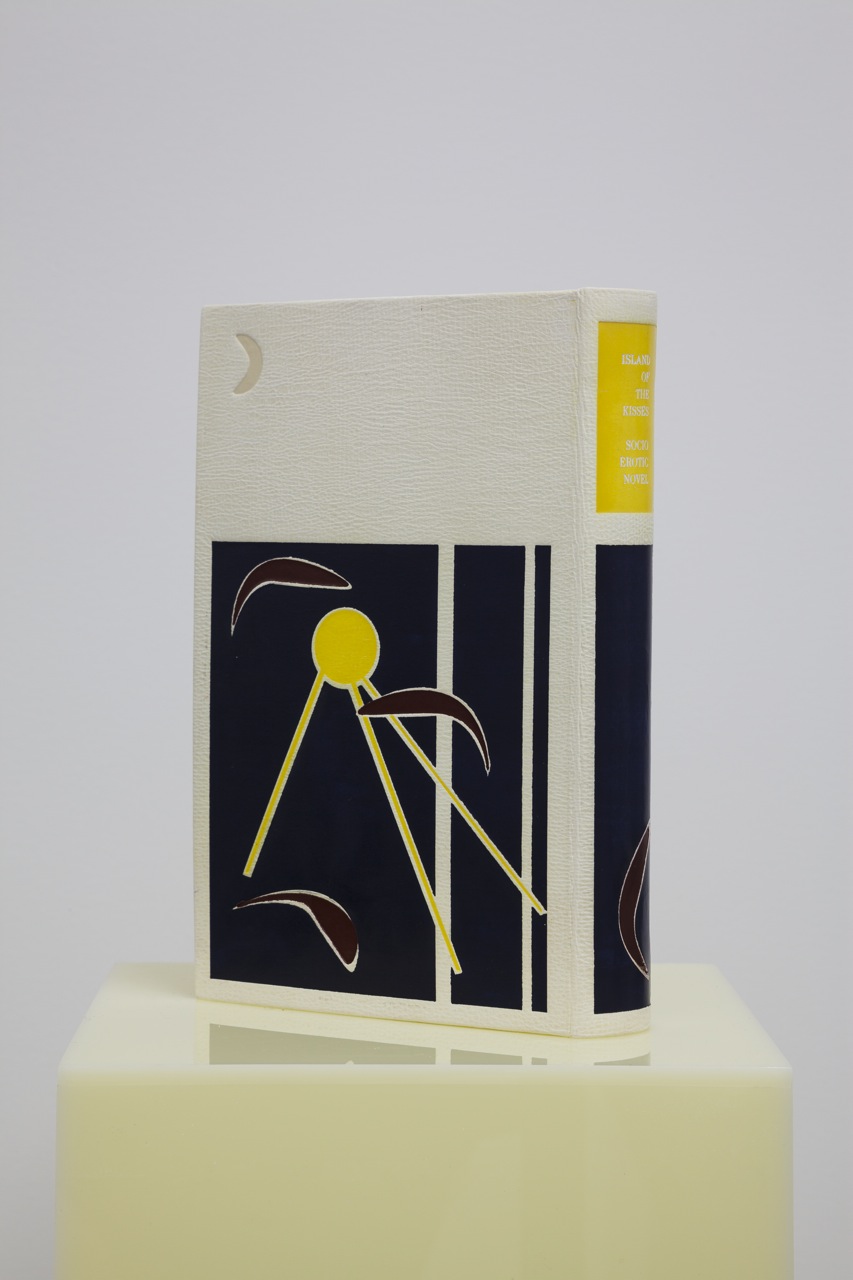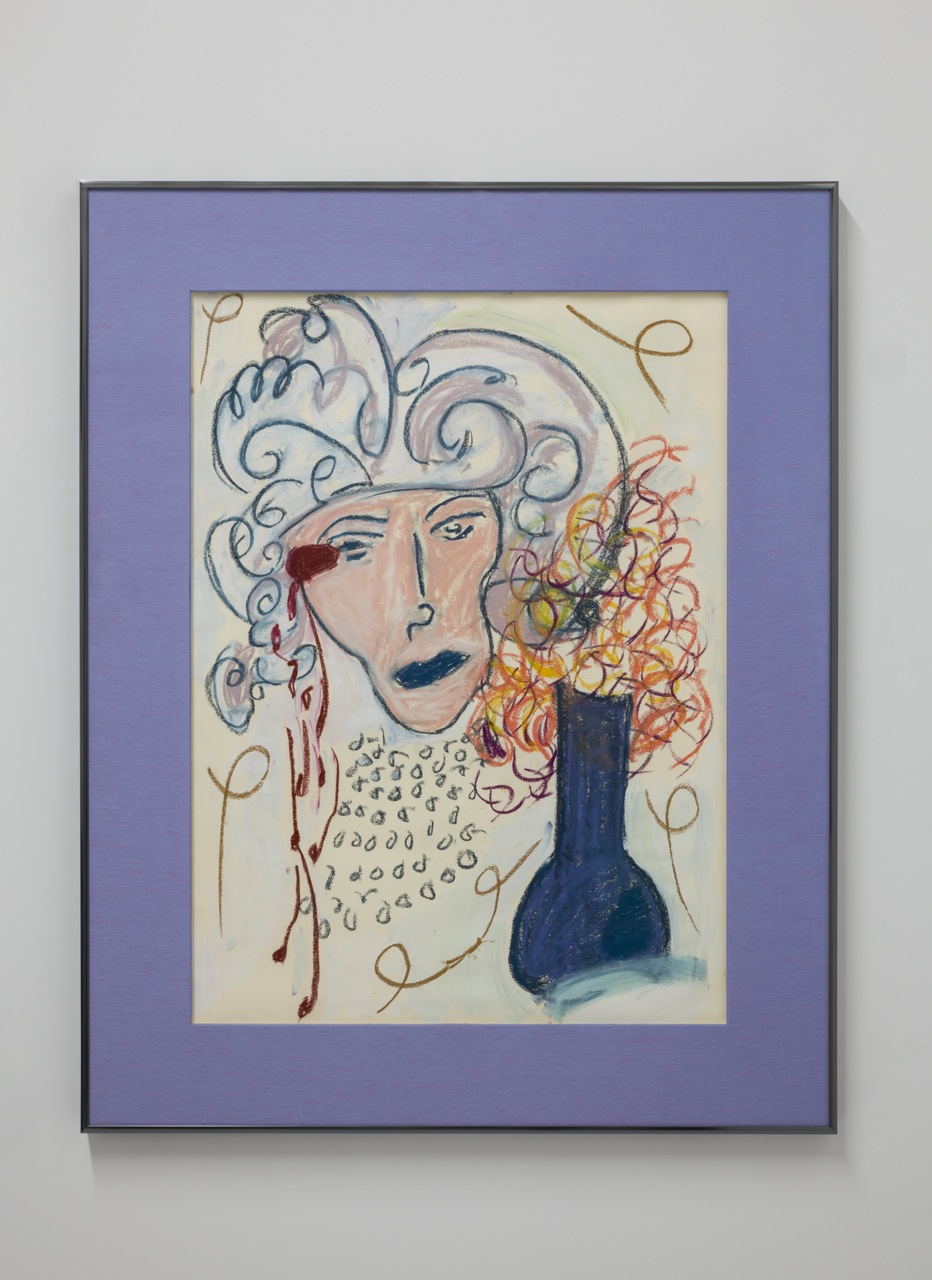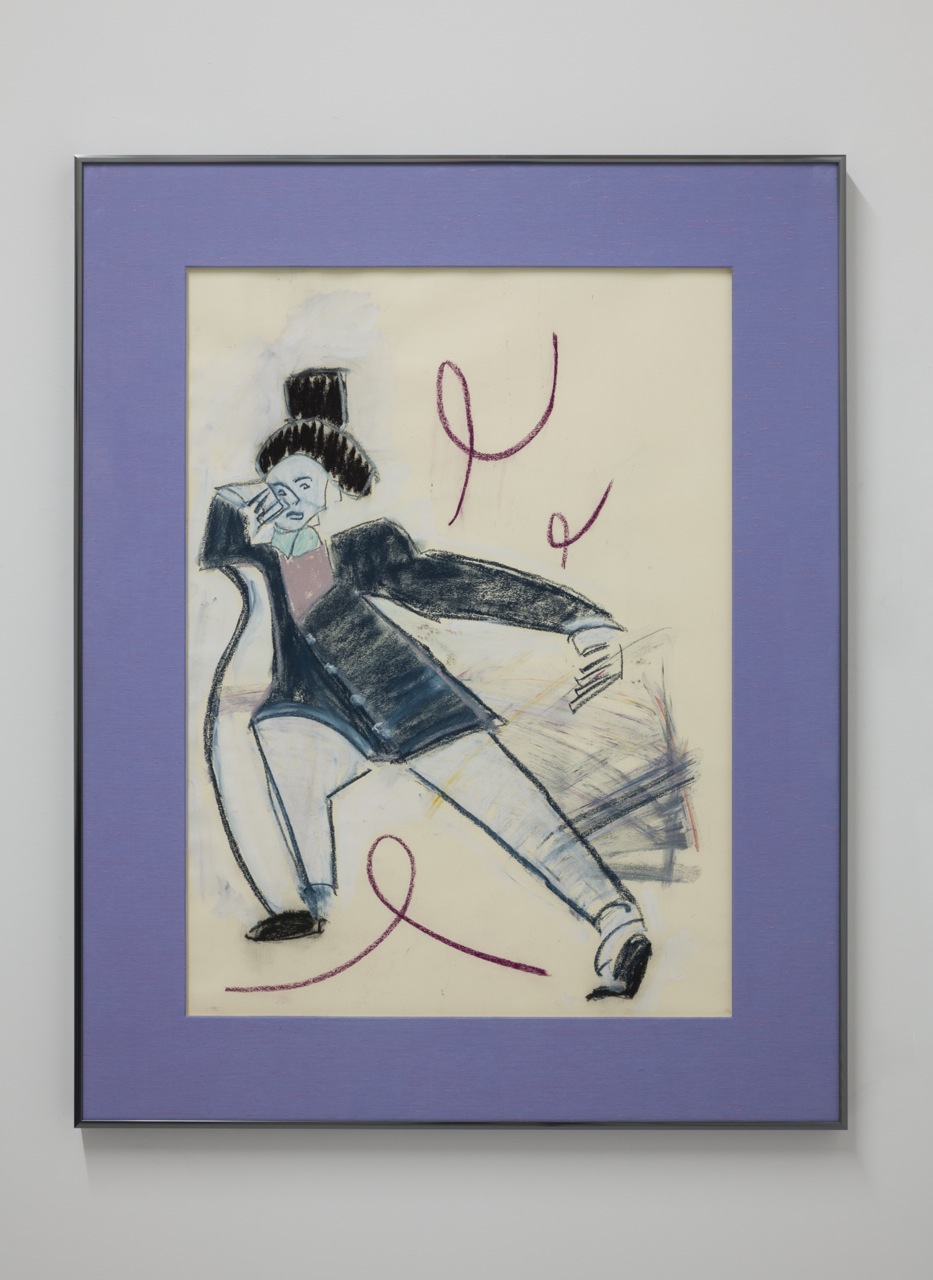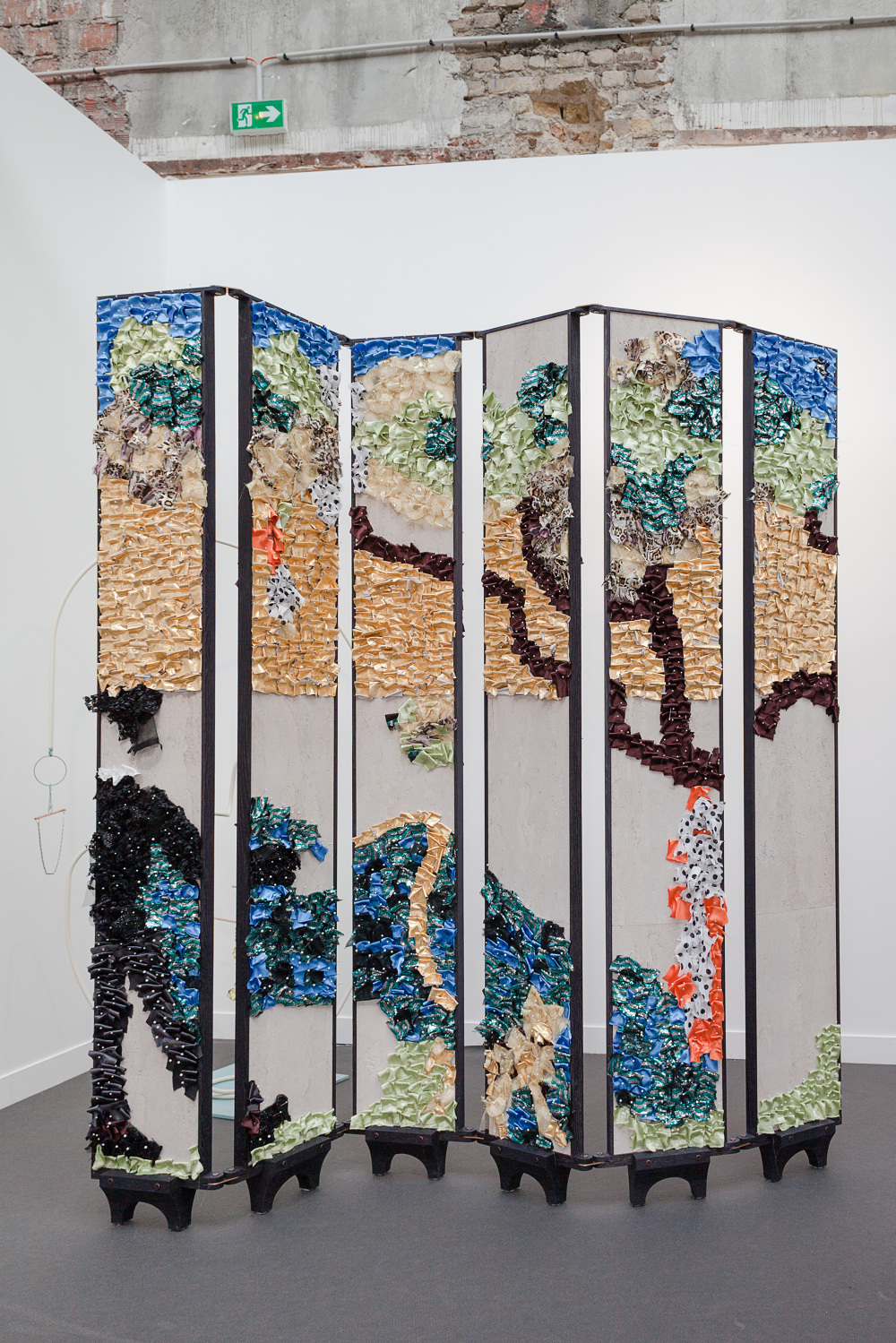PROJECT PROPOSAL FOR BFSP #02
In response to this years theme, which asks for the artists to reflect on the “responsibilities
of casting a shape/value/content before eternity (and what contemporary shapes/values/contents
might be), I would like to explore how the the almost eternal qualities of bronze as a material
whose strength as a record of the past might be turned on its head in order to cast a shape of the
precarity of our recent past as well as the impermanent possibility in the present of the future. The
image that I would propose to cast in this light is a Murmuration of Starlings.
When I was young, the transition to winter was marked by large groups of Starlings flocking
together over the landscape of the small fishing town where I grew up. Just a few hundred birds
moving as one is enough to convey a sense of suspended reality, a sense which only gets more
and more extreme as the number of birds grows into the thousands and they move together in
unison in the sky. What makes possible the uncanny coordination of these murmurations, as
starling flocks are known? Cutting-edge physics. Starling flocks are best described with equations
of “critical transitions” — systems that are poised to tip, to be almost instantly and completely
transformed, like metals becoming liquid or liquid turning to gas. When a flock turns in unison, it’s a
phase transition. It’s easy for a starling to turn when its neighbour turns — but what physiological
mechanisms allow it to happen almost simultaneously in two birds separated by hundreds of feet
and hundreds of other birds? Starlings may simply be the most visible and beautiful example of a
biological criticality that also seems to operate in proteins and neurons, hinting at universal
principles yet to be understood.
I propose to cast a four meter by four meter murmuration of Starlings. I will produce 100
Scale clay positives of birds in London which I will then with me to the Battaglia Foundry - solo
birds, duos, trios, and even larger groupings. These positives will then you used to produce a
series off molds and wax positives, which will in turn, be cast multiple times in bronze. These
groups will then be welded and chased together building a larger and larger grouping to create this
cast image of birds in flight.
